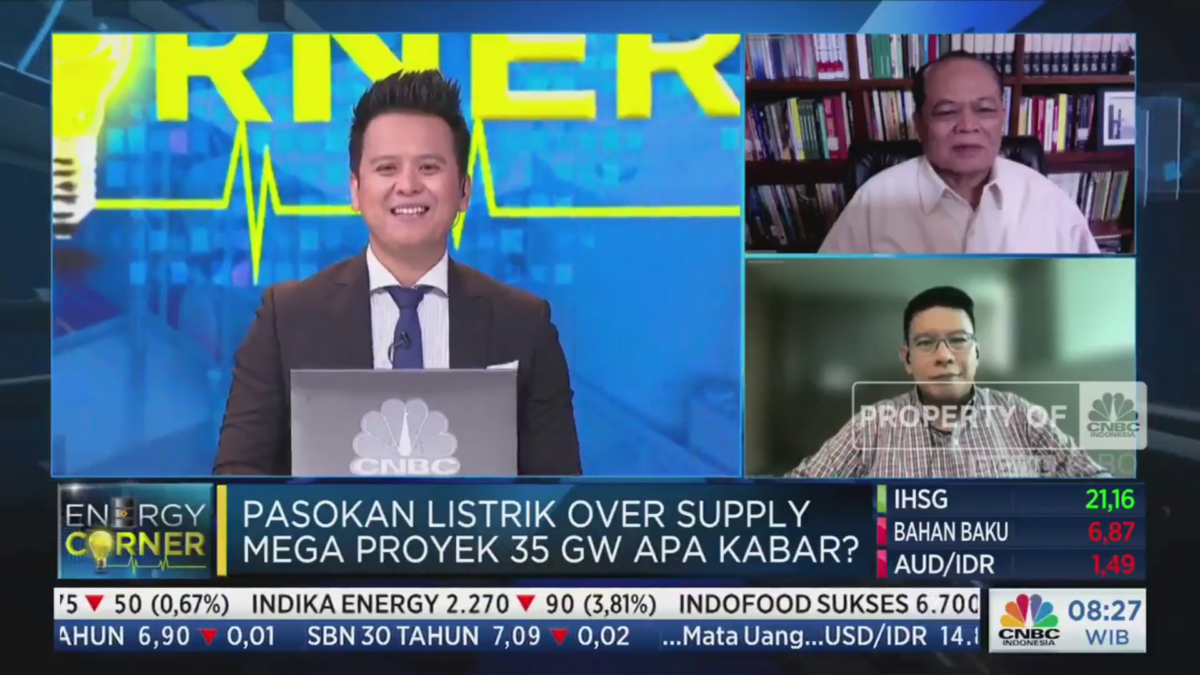Jakarta, February 8, 2023 - The State Electricity Company ( PLN) is currently in the midst of a crisis of oversupply of electricity. Several factors cause this, including the pandemic and global recession. In addition, there is a 35 Gigawatt coal power plant megaproject that has been initiated since 2015 and operated at only…

